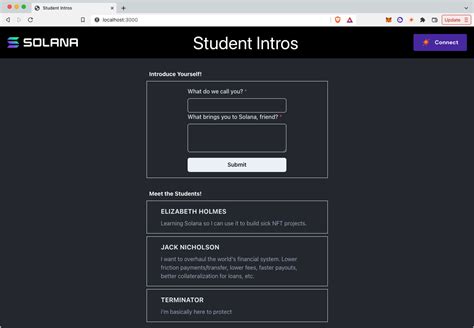Using AI for Predictive Analysis in Cryptocurrency Markets
The rapid growth of the cryptocurrency market has created a strong demand for accurate and reliable predictive models that can help investors make informed decisions. Artificial intelligence (AI) technology is increasingly being used to analyze large amounts of data, recognize patterns, and provide predictions of future market trends. In this article, we will explore how AI can be leveraged in the cryptocurrency markets to improve predictive analysis.
What are the challenges of traditional predictive models?
Traditional predictive models that rely on statistical analysis or technical indicators have limitations when it comes to accurately predicting the performance of the cryptocurrency market. Some of these challenges include:
- Noise and data quality issues: Cryptocurrency markets are characterized by high volatility, which can introduce noise and errors into traditional datasets.
- Lack of relevant features: Technical indicators, such as moving averages or the relative strength index (RSI), may not capture the underlying dynamics of the cryptocurrency market.
- Over- and under-fitting: Traditional models may over-fit historical data and may not generalize well to future market conditions.
How AI can address these challenges
AI technology offers several advantages to address these challenges:
- Data analytics capabilities: AI algorithms can analyze vast amounts of data from a variety of sources, including financial news, social media, and online forums.
- Pattern discovery: AI-based systems can identify complex patterns in data that may not be visible to human analysts.
- Feature engineering: AI algorithms can create new features based on the analysis of existing data, providing a more comprehensive understanding of market trends.
Types of AI Models for Predictive Cryptocurrency Analysis
There are several types of AI models that can be used for predictive analysis in cryptocurrency markets:
- Machine Learning (ML) Models: Machine learning algorithms, such as decision trees and neural networks, can be trained on historical data to predict future market outcomes.
- Deep Learning (DL) Models: DL algorithms, such as convolutional neural networks (CNNs), can analyze patterns in large data sets and identify complex relationships between variables.
- Natural Language Processing (NLP) Models

: NLP algorithms can analyze text data from financial news sources to identify sentiment and trends.
Case Studies: Leveraging AI for Predictive Analytics
Several companies are already using AI technology to enhance their predictive analytics capabilities in the cryptocurrency markets:
- Coinbase AI-powered trading system: Coinbase, a leading cryptocurrency exchange, has developed an AI-powered trading system that uses machine learning algorithms to predict market trends and optimize trading strategies.
- BitMEX AI-powered hedging system: BitMEX, a popular cryptocurrency derivatives platform, has introduced an AI-powered hedging system that analyzes market data in real time to reduce risks.
Benefits of using AI for predictive analytics in the cryptocurrency markets
Using AI technology in predictive analytics can bring several benefits to the cryptocurrency market:
- Improved accuracy: AI algorithms can analyze large amounts of data and identify complex patterns, leading to more accurate predictions.
- Improved Trading Strategies: By analyzing market data in real time, AI systems can provide traders with actionable insights that can inform their investment decisions.
- Increased Efficiency: AI-based systems can automate routine tasks, allowing human analysts to focus on higher-value activities.






